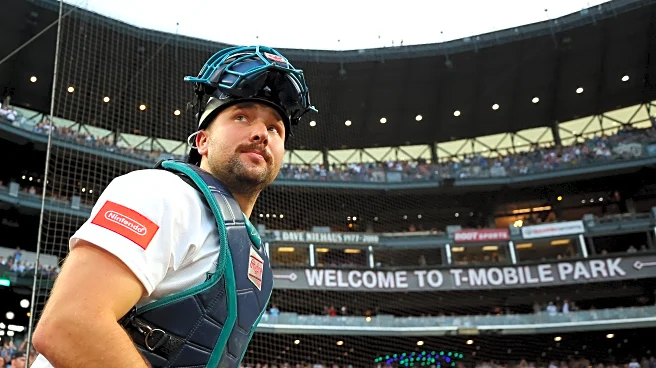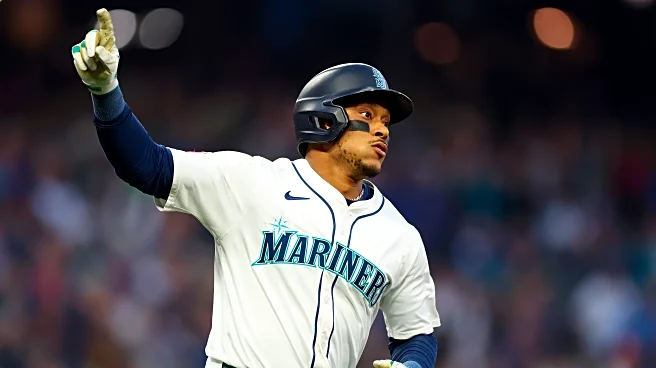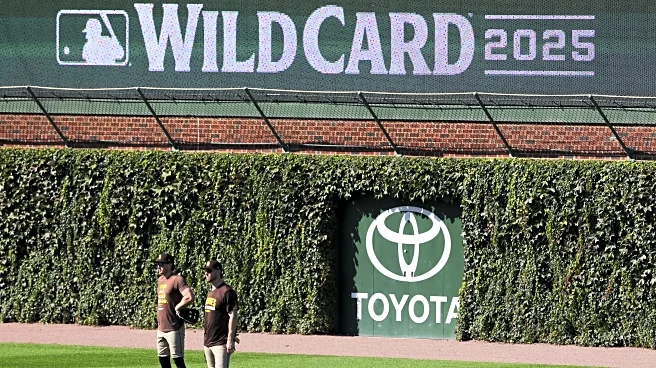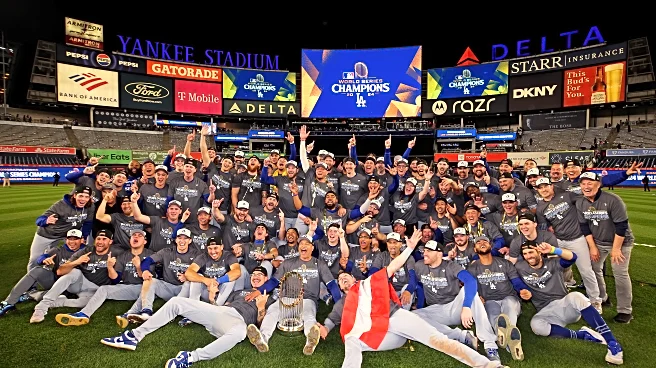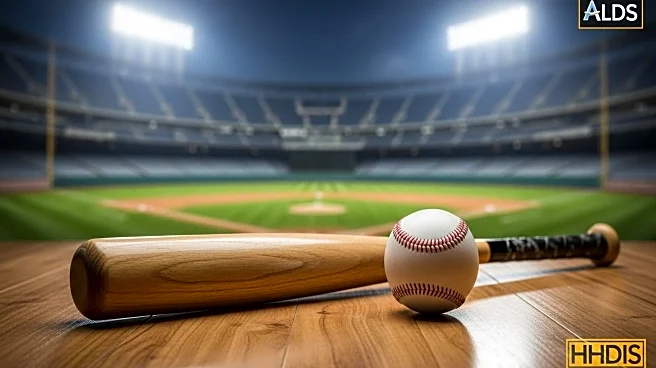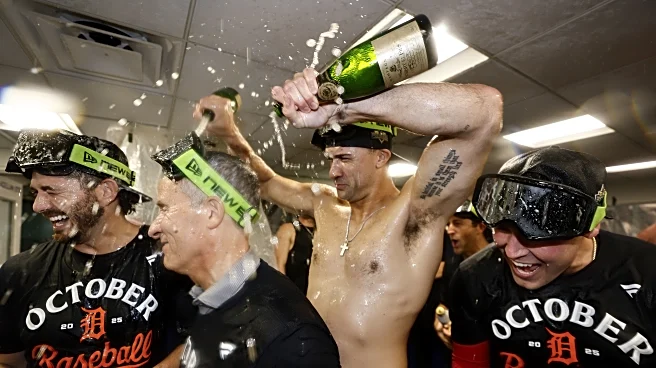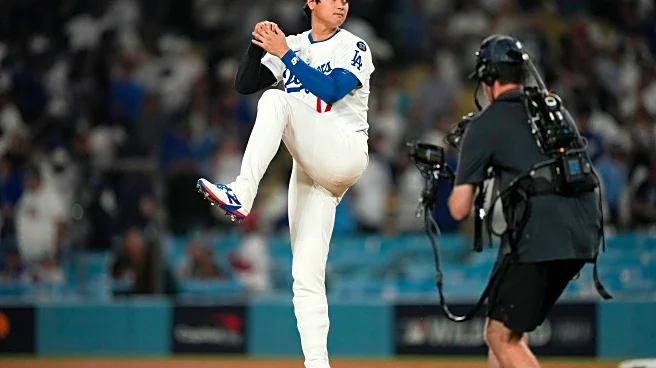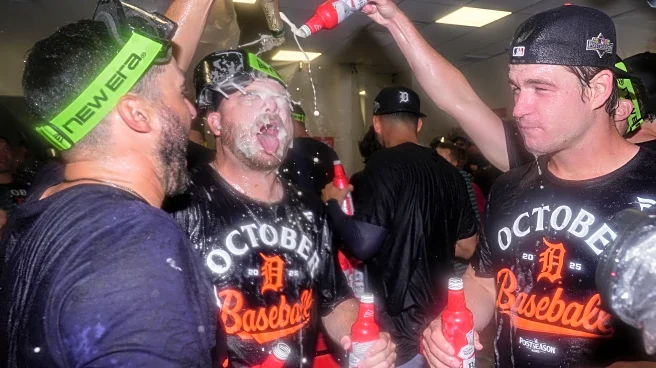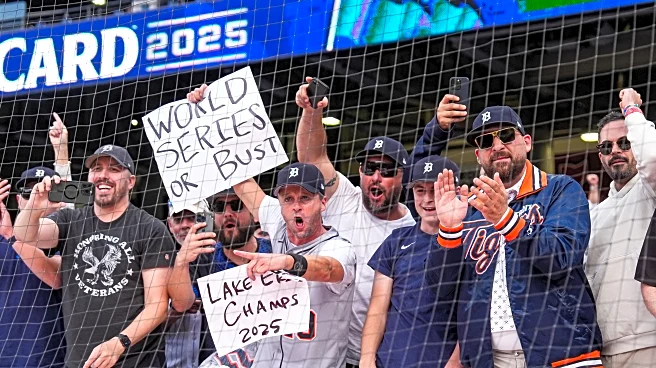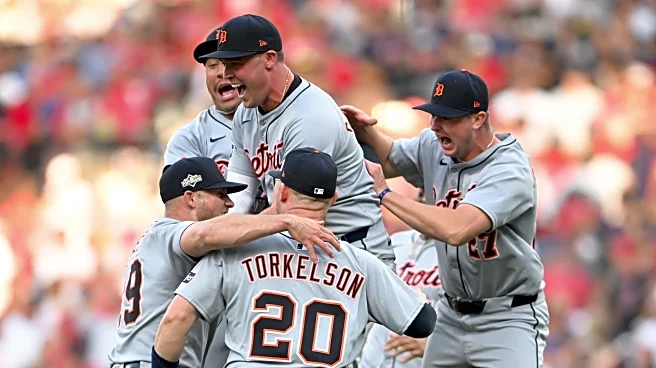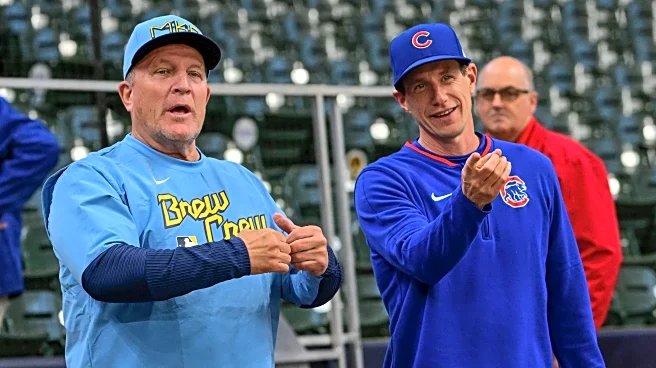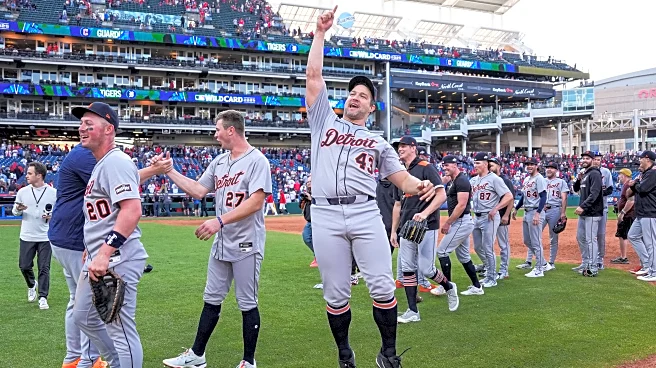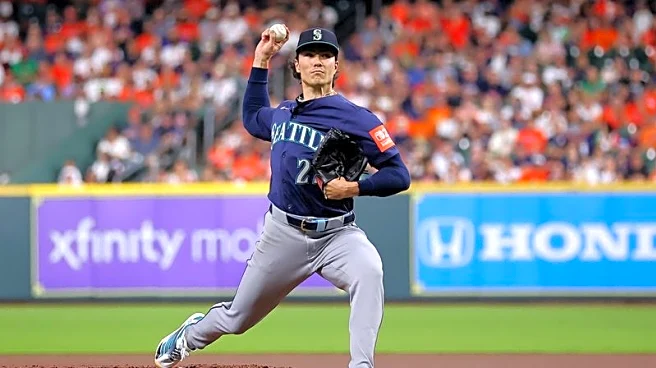The Mariners are prepared for everything under the sun.
The Mariners tried to create a game-like atmosphere in a pair of scrimmages this week as they stayed loose during their first-round bye. That included an attempt to replicate how T-Mobile Park will look in the ALDS and beyond.
Wednesday’s scrimmage began at 2 p.m. with the roof closed. It opened midway through to demonstrate the unique sunlight and shadows on the field in the late afternoon. Thursday’s scrimmage began at 5 p.m., providing an opportunity
to see the stadium before and after sunset.
The timing of the scrimmages was intentional to help players acclimate to the way the stadium could look throughout the postseason, Dan Wilson said.
“This time of year it’s very different than even during the middle of the summer when the sun’s at a completely different spot. So getting used to it here in the fall I think is really important from a hitter’s standpoint — what the background looks like, what the pitcher looks like, seeing the … pitcher in the brightness while you’re in the darkness, you know, your eyes trying to adjust to that.
“Obviously the more practice you can get with that the better,” he said.
The way a stadium looks in the playoffs can be quite different from the regular season. The sun sets earlier in the day as the year gets later, and playoff games often start at abnormal times due to national TV broadcasts. That means stadiums host different light, shadows and sun positions than what players are used to seeing, even at their home parks.
Saturday’s game is scheduled to begin at 5:38 p.m. Sunday’s game is scheduled to begin at 5:08 p.m. (The Mariners haven’t played a home game in the 5 p.m. hour block since June 6, 2018, which itself was the first since 2004.) At that time, the sun will be positioned low in the sky and right behind home plate, according to SunCalc. Sunset in Seattle will take place at about 6:43 p.m.

The most obvious challenge the sun could present in Seattle this weekend is for fielders who will look directly into it while playing defense. More than one Mariners’ outfielder reportedly struggled to catch fly balls during the midweek scrimmages. This could also be an issue for batters, who will stand engulfed in shadows while parts of the outfield, the fence and the batter’s eye are cast in sunlight.
The 5 p.m. start times potentially lessen the severity (and duration) of shadows compared to start times earlier in the day. Here’s an example of what the stadium looked like on a clear day at approximately 5:25 p.m. on October 4, 2022:

If the Mariners advance in the playoffs, however, they could wind up playing earlier in the afternoon. At those times, the sun sits a bit higher in the sky above the first base concourse, splitting the field into two distinct sections of darkness and brightness. Here’s what the stadium looked like an hour earlier on that same day:

It’s also possible Seattle’s weather makes this all moot. Clouds could create a more even vision environment, and rain could require the roof be closed. The team has also considered keeping the roof closed regardless of the weather if the sun presents too steep a challenge, Daniel Kramer reported for MLB.com. Those conversations had not advanced as of Wednesday’s scrimmage.
T-Mobile Park is notoriously extreme and often plays as the most suppressive run environment in MLB. Even in a year when the Mariners finished with one of the league’s top lineups, they still ran the largest home/road split in MLB with a 90 tOPS+ in Seattle . The pitching staff had similar struggles outside the friendly confines of their home park.
Cooler temperatures and a specific tailwind at T-Mobile Park affect the distance batted balls travel and how pitches move on the way to home plate. But the way the stadium looks matters, too. My own research for this site tested batter performance against different positions of the sun. While the results are nuanced (as detailed in an indulgent 10,000+ words across several posts), the high-level takeaway is some batters likely struggle to see the ball at certain times of day at T-Mobile Park.
Now, most stadiums are made up of better and worse vision environments as the sun changes position (Wilson acknowledged Wednesday the sun can be “an issue at every ballpark”), and it’s not clear whether T-Mobile Park is the most difficult place to see in MLB. But Seattle’s long sunsets and the extreme properties of the batter’s eye make it an unusual backdrop for batters.
Of course, the temperature, wind and sightlines haven’t prevented the Mariners from incredible success at home. With a 100-62 record in Seattle the last two seasons, they have the third best home record in MLB; they went 75-87 on the road (19th).
That home field advantage this year played a crucial role in their late surge in the AL West. They completed an 11-1 homestand in early August (punctuated by Ichiro’s number retirement ceremony) and a perfect 7-0 homestand in September (on the front end of an eventual 17-1 stretch). Of the 284 homestands in franchise history that were at least seven games, both rank in the top three by win percentage. The Mariners have never played this well at home in their existence.

That bodes well for the ALDS, where the Mariners will have home field advantage against the Tigers. The first two games of the series will be in Seattle on Saturday and Sunday, followed by at least one (potentially two) games in Detroit next week. If a fifth game is necessary, the teams will return to Seattle for the final matchup.
If the Mariners advance to the ALCS, they would hold home field advantage over the Red Sox but not the Blue Jays. There’s no potential route for home field advantage in the World Series, as each remaining team in the NL holds a better regular season record than the Mariners.
The Mariners and their opponents this postseason will play in the same stadium at the same time, of course. The playing field, in a literal sense, is level. But in a game of familiarity and repetition, the Mariners will look to take advantage at T-Mobile Park.
